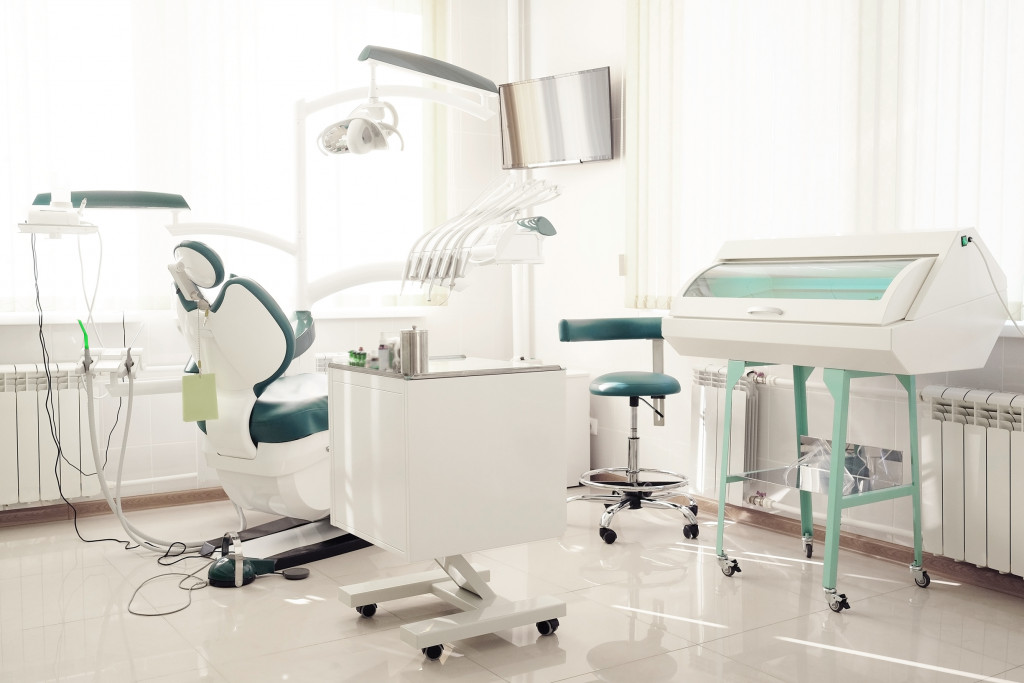Medical technology has come a long way in the past few decades. Healthcare facilities are now using some of the most advanced medical gadgets to improve patient care.
Some of the benefits of using modern medical gadgets include improved accuracy, efficiency, and patient safety. Medical technology has helped to improve health outcomes and reduce treatment times.
Why are healthcare facilities using modern medical gadgets?
There are several reasons why healthcare facilities are using modern medical gadgets. Some of the benefits of using these devices include improved accuracy, efficiency, and patient safety. Medical technology has helped to improve health outcomes and reduce treatment times. In addition, many of these devices are portable and can be used in various settings.
Modern medical gadgets
There are some different types of modern medical gadgets used by healthcare facilities. Some of these gadgets are:
Ultrasound machines
Ultrasound machines are used to produce images of the inside of the body. This technology is often used to diagnose medical conditions and monitor a pregnancy’s progress.
CT scanners
CT scanners use X-rays to create detailed images of the inside of the body. The scanner rotates around the patient, taking hundreds of pictures used to create a 3D image, allowing doctors to see things like tumors and blood vessels. CT scans are used for various purposes, including diagnosing cancer and heart disease.
Dental lasers
Dental clinics use lasers to remove decay, repair teeth, and treat gum disease. In addition, lasers can be used to whiten teeth and improve the smile’s appearance. Lasers are gentle and non-invasive, making them a popular choice for dental treatment.
MRIs
MRI scanners use a powerful magnetic field and radio waves to create detailed images of the inside of the body. The strong magnetic field temporarily aligns all the tiny particles in the body, allowing a clear picture to be created. MRI scanners can produce very clear images of organs and tissues, making them an essential tool for diagnosing medical conditions. They are also used to study the effects of medicines or treatments on the body.
Defibrillators
A defibrillator is a device that sends an electrical shock to the heart to try to restart it. The shock can help stop abnormal rhythms, such as ventricular tachycardia or ventricular fibrillation. Defibrillators are used to treat cardiac arrest, when the heart stops beating.
There are two types of defibrillators: manual and automatic. Manual defibrillators require someone to push a button to send the shock. Automated defibrillators do not require any input from the user. They can sense when a person’s heart is in trouble and will automatically send a shock.
Infusion pumps
Infusion pumps deliver medications and other treatments directly to the bloodstream. This technology is often used to treat patients with cancer or other serious illnesses.
Ventilators
A ventilator is a device that helps a person breathe. It is used to help people who have difficulty breathing on their own. A ventilator connects to the airway and helps push air in and out of the lungs. This helps keep the lungs inflated and allows oxygen to reach the body’s tissues.
Ventilators come in many different sizes and shapes. Some are small enough to be carried in a person’s pocket, while others are large enough to fill an entire room. Ventilators can be powered by batteries or plugged into an electrical outlet. They can also be manual or automatic.
Pacemakers
Pacemakers are used to treat life-threatening cardiac arrhythmias. This device uses electrical impulses to control the heartbeat.
Dialysis machines
Dialysis machines are used to remove toxins from the blood. This technology is often used to treat patients with kidney failure.
How do modern medical gadgets work?
Many of these devices use advanced technology to provide accurate results. For example, MRI scanners use strong magnets to create images of the inside of the body. Ultrasound machines use sound waves to create images of organs and tissues. These images can help identify problems early and allow for more effective treatment.
The future of medical gadgets
Healthcare facilities will likely continue to use modern medical gadgets in the future. These devices have several benefits that are difficult to replicate. In addition, medical technology is constantly evolving, and new devices are being developed. Healthcare facilities can expect to see more advanced medical gadgets in the years to come.
Conclusion
Modern medical gadgets play an essential role in diagnosing and treating various medical conditions. They are often used to provide accurate results and help improve the quality of patient care. And there is no doubt that modern gadgets will keep improving in the future.



